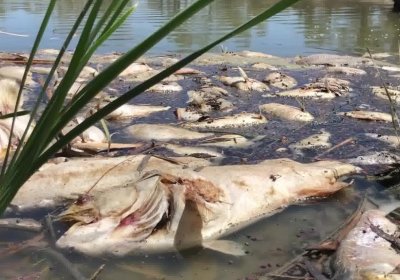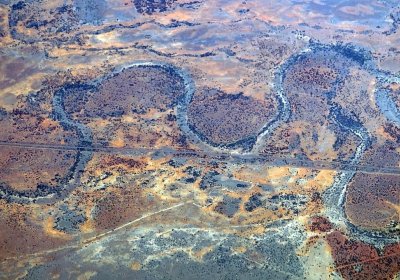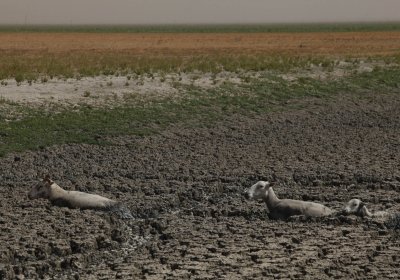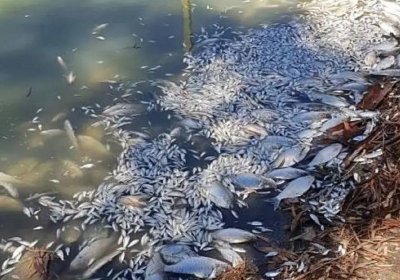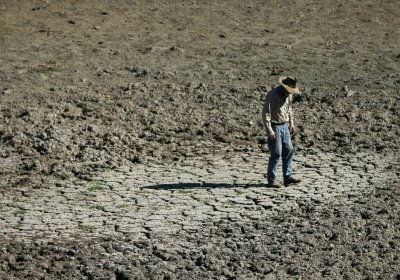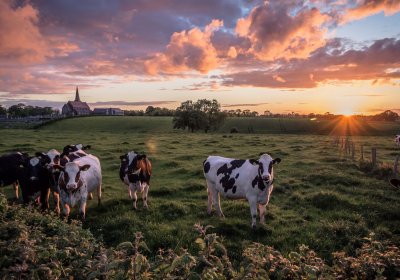Eating meat is increasingly condemned as an unethical choice that murders sentient beings. But we need to understand that more animals die in plant food production than in abattoirs, writes Elena Garcia.
Elena Garcia
A key federal election issue, which the carefully stage-managed leaders’ debates are ignoring, is one on which all our lives depend: access to clean drinking water.
The ABC 4 Corners program “Pumped”, which screened on July 24, 2017, showed that far from saving the river system, the implementation of the Murray-Darling Basin Plan has created a financial windfall for a select few.
The push by state and federal governments to dry up the Menindee Lakes has already had a huge impact on communities, graziers and local Indigenous people. But not everyone is losing out on the government’s plans for the Murray Darling basin.
After five years and $13 billion of public money spent on the Murray-Darling Basin Plan, there is less water in the river than ever before — and more in the private water storages of a handful of National Party donors, writes Elena Garcia.
Politicians and bureaucrats have launched endless inquiries in an effort to appear to be dealing with the water crisis in New South Wales. Yet these same bureaucrats have been very slow to implement any of the recommended reforms and few steps have been taken to deal with the mismanagement, water theft and corruption that led to this crisis, writes Elena Garcia.
Rural Australia is again reeling from drought. Elena Garcia, a regenerative grazier and land manager, argues that governments will continue to fail farmers as long as they refuse to acknowledge the underlying cause — climate change.
Farmers cannot get the dole. However, if they are drought declared they and their partners can apply for the Farm Household Allowance (FHA). This has just been increased from a maximum of three to four cumulative years out of every seven, no matter how long the drought lasts.
How did Murray Goulburn, once Australia’s biggest milk processor and a successful dairy cooperative since 1950, end up being sold to its international competitor, Canadian dairy giant Saputo? In the second of this multi-part series, Elena Garcia provides some answers.
How did Murray Goulburn, once Australia’s biggest milk processor and a successful dairy cooperative since 1950, end up sold to its international competitor, Canadian dairy giant Saputo? In the first of this multi-part series, Elena Garcia provides some answers.
After nearly 70 years as a cooperative that was wholly owned by the farmers who supply the milk, on April 5 Victorian dairy farmers voted to sell Murray Goulburn, once Australia’s biggest dairy processing business, to foreign owners.
Australia’s largest milk processor Murray Goulburn has announced it will close manufacturing plants in three small rural towns: Kiewa and Rochester in northern Victoria and Edith Creek in Tasmania.
Murray Goulburn expects 360 people will lose their jobs. The closures are in areas where there are no other industries.
This will have a huge impact on these three local communities. The 700 residents of Kiewa-Tangambalanga will lose 135 jobs from Murray Goulburn's factory closure.
- Previous page
- Page 2
- Next page

